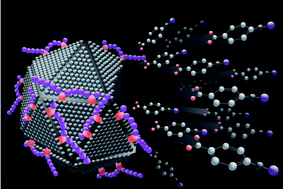Interrogating the catalytic mechanism of nanoparticle mediated Stille coupling reactions employing bio-inspired Pd nanocatalysts
Abstract
To address issues concerning the global environmental and energy state, new catalytic technologies must be developed that translate ambient and efficient conditions to heavily used reactions. To achieve this, the structure/function relationship between model


 Please wait while we load your content...
Please wait while we load your content...